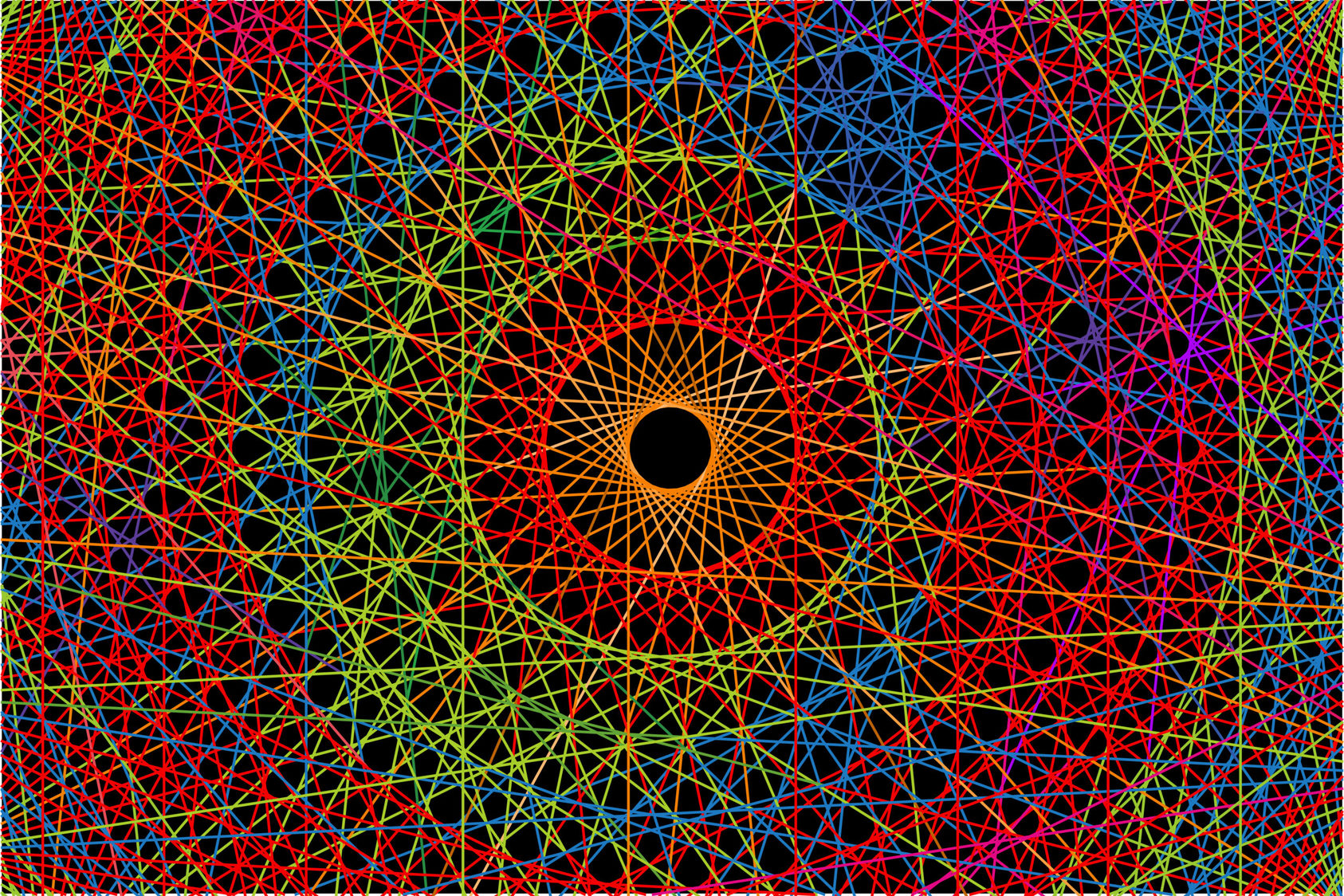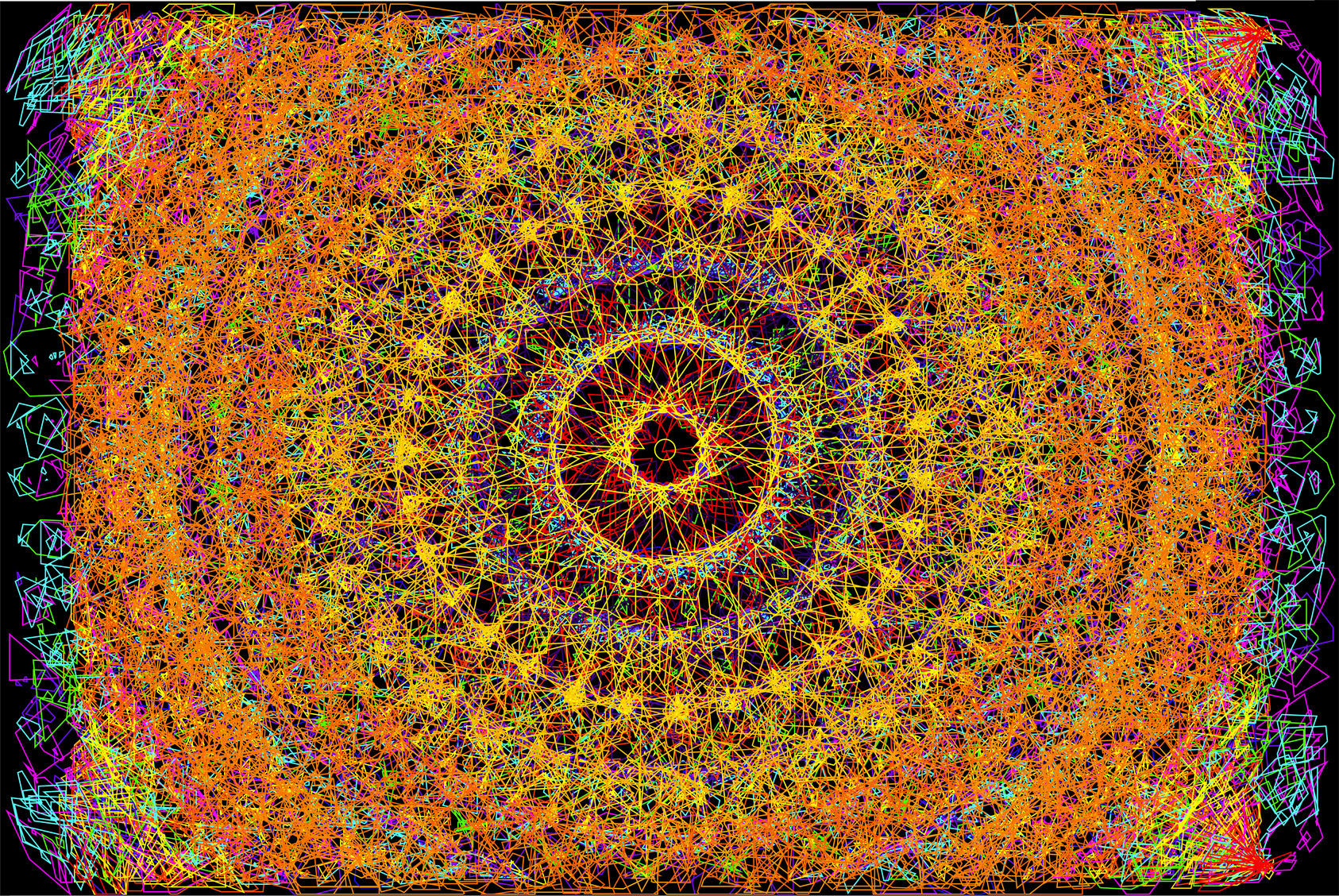
Quote
A few quick thoughts and then an introduction to our articles before you get started.
List of Contents
The exact list of articles and the organization of their content is still being fine-tuned. The plan is to produce a total of sixteen articles to start with. We will update this list as things evolve.
- Contents, Foreword & Introduction
- Light and the Preconditions for Visual Perception
- Sense-making
- The Visual Pathway
- Visual Processing
- Talking About Colour
- A Language of Colour
- Ways of Seeing
- Embodied Experience
- About Images
- Seeing More
- On Photography
- Prerequisites for Seeing More in an Educational Context
- Prerequisites for Seeing More: Wellness, Well-being and Self-development
- A Paradigm Shift
- Resources for a Seeing More Workshop
FOREWORD: A FEW WORDS OF ENCOURAGEMENT
We wanted to start off with a few words of encouragement to anyone who finds our articles to be a bit of a challenge.
You may have found your way to lightcolourvision.org and to this series of articles because of an interest in making sense of the connections between light, colour and vision. On the other hand, you might be inquisitive about the idea of seeing the world in new ways and with the question of how to see more.
Many visitors have started off on sites like Wikipedia but had problems with the vocabulary, concepts and how they link together. You are not alone! Most Wikipedia pages attract specialized communities and experts who tend to assume that their audience knows their jargon and are already part of the discussion. At worst, they are highly technical and so difficult to follow. As a result, they may not suite a general readership.
With that in mind, our resources are assembled for a general readership of students, teachers and researchers who want to build overviews containing key information arranged in a logical and connected way. Our aim is to keep the vocabulary simple and introduce new ideas one step at a time so that visitors can build on their own knowledge. We also have a References Library which can be accessed by following the blue links embedded in the text.
Some points for readers who initially feel a bit out of their depth!
- Be kind to your self. Don’t freak out and walk away.
- Allow plenty of time to read through every sentence and give things time to sink in.
- Read sentences out loud if that helps.
- Pick out any new terms or concepts that you need to work on.
- Check out unfamiliar words using the embedded links or with an internet search.
- Cut and paste the important points into your own notes.
- Read backwards and forwards between images and text.
- Never give up on new ideas. Just keep going and come back to them again later until they sink in.
- Eventually the unfamiliar becomes familiar and things that initially seem complicated become more straight forward.
- We all succeed when we treat learning as a journey.
- Every single day is an opportunity for each of us to travel a little further down our own road.
Last but not least, do please contact us with any ideas, concerns or questions you may have.
Preface
Common practice when writing articles is to publish them on completion. Visitors will find we are taking a somewhat different approach. In some cases we publish as soon as we have a complete draft. In the case of LIGHT: PRECONDITIONS FOR VISUAL PERCEPTION we first published it even earlier. The idea is to be open about the development process and the challenges of authorship.
All the topics we cover in our articles reflect long-standing interests but each one also represents us with an opportunity to do new research. In some cases new ideas or connections emerge and need ongoing attention before they can be properly resolved. This process continues long after initial publication and feedback from our readership can prompt anything from correcting typos to rewriting whole paragraphs.
So we invite you to get involved in the process. We invite everything from co-authorship to fact checking. You might even like to write your own guest post. Take the initiative, let us know your thoughts 🙂
Introduction
The name of our website, lightcolourvision.org, provides important clues to what it’s all about. Yes! It explores light, colour and vision. But why would anyone dedicate hours and hours researching these topics and creating resources that explore how they link together?
The motivation can be found in the by-line which reads & how to see more. It is this question that drives the whole initiative – the website itself and the 100’s of pages of content, including images, explanations, definitions and articles.
The point is, that if we know a little about light, colour and vision then we can begin to grasp how we see the world and appreciate something of why it appears as it does. As we become more aware of how and what we see now, then we can begin to explore new ways of looking at things.
To come to terms with the how, what and why of visual perception is a matter of thinking through the act of seeing and what we see. It’s also about questioning the different ways we know how to look at things and of both learning new way of looking more closely and developing the scope of our vision.
Although the world does simply appear in front of us whenever we open our eyes and look around, seeing properly involves skill. We have all been learning those skills since we were infants and everyone with normal eyesight already knows a lot about how to get by on a daily basis. But there is so much more!
But learning new skills is not always straightforward! Not everyone knows how to think about the experience of seeing in a rigorous, critical and sceptical way. Most of us are far too busily caught up in the action and absorbed in the content to break through everyday expectations and to really change how we do things.
Lightcolourvision.org is all about exploring how to become a ninja master of seeing. Once completed, this series of articles, will try and ask the difficult questions, map out as much of the journey as we can, and, explore how anyone with sufficient motivation can develop new skills and learn to see in new, unexpected and beneficial ways.
Our aim is to gather perspectives from fields as diverse as the arts, astronomy, cognitive sciences, education, neuroscience, philosophy and physics to enable us to build resources that weave together new and unexpected patterns of creative thinking and behaviour.
For those who feel ready for such a journey, be prepared for the unexpected. Established certainties and convictions need to be swept away. We hope to carefully peeled apart your world layer by layer. A whole new way of seeing may emergep, constructed through moments of epiphany and inspiration, flashes of insight, feeling of awe and wonder.
As a starting point, let’s have a quick look at those core terms that appear in our lightcolourvision.org banner.
Light
Without light we see nothing! Without light, our eyes can’t function at all! It is the fact that eyes respond to light that allows us to gather the information needed to not only see things but also to make sense of the world.
Light has existed almost since the beginning of time and will still fill the universe long after planet Earth and its inhabitants are forgotten.
Our exploration of light looks at what it is, where it comes from and the part that it plays in our life. The discussion builds on the physics of light. During the last century, physics has established that light is produced by one of four fundamental forces to be found in nature. It is the electromagnetic force that produces electromagnetic radiation including the narrow band of wavelengths of light that our eyes respond to.
Sunlight, the light produced by our local star, the Sun, powers our world every hour of every day. Light is also produced by all the other 100 to 400 billion stars that make up our galaxy, the Milky Way. Recent research meanwhile reveals that there may be as many as two trillion other galaxies out there beyond our own.
Unfortunately, our eyes are only sensitive enough to see around 2,500 stars maximum as we look up into a clear night sky on a moonless night. But with the right kind of telescope, like the Hubble Space telescope, it is possible to find faint evidence of light from distant galaxies that has travelled for billions of years to get here.
Colour
If human beings and related species were all to disappear overnight, the world would still be full of light but there would be no colour. Colour is a product of human vision, something that only exists for living things like ourselves. Colour is what we experience in the presence of light.
Once the basics of light have been discussed, the most important ground to cover in subsequent articles concerns the way that our eyes are tuned to respond to the band of wavelengths of light that produce the colours between red and violet. These are the wavelengths of light that make it through the atmosphere to our planet’s surface. We are fortunate that, at sea level, the band is so narrow, because otherwise we would be microwaved or burned to cinders. It is this same small range of wavelengths that directly powers the entire canopy of plant life that covers our planet, both on land and at sea.
Vision
Visual perception is the human ability to see and interpret our surrounding. It results from a collaboration between eyeballs and brain. Although the processing of visual information starts within the retina of each eye, it is our brain’s extraordinary ability to translate purely visual information about light into the thoughts, language, speech and writing that exemplifies human experience.
Visual perception can’t be considered in isolation because all of our other sense perceptions are also wound into everyday experience and our sense of ourselves. Human beings are also creatures of action. It is the connection between sensory experience, thought, action and patterns of behaviour that helps to explain our industriousness, the extraordinary variety of our cultures, the complexity of our societies and our creative ability to re-imagine and remake ourselves and our world.
Now consider the following scenarios, each one describes a very different form of visual perception.
- When light enters my eyes, the lenses form tiny images in the same way a camera does.
- Each image is two dimensional and covers a maximum of 32mm measured across the surface of each retina from side to side and top to bottom.
- It is those two images and the sensation they produce in light-sensitive cells that account for my visual perception of the world outside.
- Outside my eyes is an entire world but everything I see is deduced from those flickering pictures projected onto each retina and from nothing more.
- If I close my eyes and tell myself what I want to see, I can produce a mental image of almost anything, visualizing it in my mind’s eye.
- These mental images often appear of their own volition.
- A mental image can be in black and white or full colour. It can be an indoor or outdoor setting. It can be as bright as midday or as dark as midnight. It can be a stationary scene or full of movement. It can be as flat as paper or include full three-dimensional space.
- Whatever objective scene I imagine, there is always a subjective point of view.
- There I am, surveying that mental image. Everything is laid out just for me!
- If I close my eyes I am still there as an observer of each mental image.
- Ir can act like a film director selecting the content and every detail of the scene , choosing the viewpoint, the type of lens (wide-angle or telephoto), lighting and every other defining feature.
- If I choose, I can turn my attention from the mental image and make this film director into the object of my attention.
- I now have a mental image of myself seeing myself looking. I have an image of my own mind’s eye rather than the object of its gaze.
- I can focus my laser vision on my own thoughts and feelings and nothing is hidden from my penetrating attention.
- I can reflect on myself, the observer, and question what I am looking at, my motivations and about how I experience a mental image.
Each of these scenarios exemplifies normal behaviour. Together they are often described as aspects of reflective practice. As part of subsequent investigations of vision, we will take each one apart as if it were some kind of intricate clock with the aim of exposing what makes it tick.
How to see more
When we look more closely at things, we see them afresh and make new discoveries. A careful look at the most familiar everyday situation can reveal unnoticed qualities or a new perspective. Learning how to see more may involve looking closely, at other times we need to stand back to get a broader perspective on things. To see more involves looking beyond the impression that seeing is like sitting comfortably in a cinema watching a movie. What we see is not a ready-made product, it is our own creation. But some of it is also the product of jaded perspectives and outmoded assumptions. Exploring how to see more involves imaginatively challenging the lazy habits we fall into and uncritical mental antics that are well beyond their used date. Seeing more is about deciding that its time for a fresh look at this ageing machinery, at ourselves and the world.
The hypothesis
There is a hypothesis to be extrapolated from what has been said so far. It also underpins everything that follows. It goes something like this.
1. We see the world afresh in every moment because nothing repeats in quite the same way. Whether we realize it or not, every time we look around, the world has moved on. Everything is in a constant process of change and becoming different. A storm on the distant horizon, a tiger in the bushes, an arrow speeding through the air towards us. These are small changes in the grander scheme of things, but we can assume that it is the human capacity to notice such details and to work out what they mean that accounts in some part for our survival as a species over millennia.
2. As time goes on, we accumulate new insights, add new details and accumulate improved representations of all the things we recognize and so engage in a learning process that adds to our accumulating knowledge. At the same time, mistakes, errors of judgement and outmoded assumptions involve rethinking things, either in part or, as a whole. This process allows us to engage actively in improving our grasp of the world and of understanding ourselves, the viewer.
3. We have to cut deeper to appreciate where each of our pictures of the world comes from. Our world might appear, at a casual glance, to be constructed simply from what we have personally learnt over time and from our own experiences and memories, but this is only a tiny part of the story. We are at the receiving end of a deluge of pre-packaged images and messages every day of our lives that tell us what there is to be seen and direct our attention to particular views – personal, social, cultural, political, economic etc. Beneath each are the media industries that shape the content to ensure we see things from a particular point of view. Behind them, are companies, corporations and vested interests that profit from the behaviour that follows. It is those institutions that house the tiny proportion of the world’s population who control this machinery and benefit directly from what we see.
4. Every generation of human beings is born into a world which will outlast them. They take on the word-view that belongs to their age. A world-view might be thought of as containing the over-arching convictions of their age. We have little difficulty looking back at the beliefs of our fore-bearers and the absurdity of their ideas. But what of our own? If we look deep enough we may be able to see paradigm shifts in our own world-view. To be engaged in the process of learning to see more is to be on the crest of those waves and to be part of their unfolding.
About the articles
The first article, LIGHT AND THE EMERGENCE OF VISUAL PERCEPTION aims to set the scene for everything that follows. It is about properties of light but it is also about the connection between light and visual perception. If we jump directly to the last section, the conclusion begins by arguing that light is part and parcel of what we could call our experience of being human but is also a prerequisite for human being.
The aim is to frame the discussion in terms of the observation that our lives are embedded in conditions and processes that are cosmological in scale and that the preconditions for the way we see things on a day-to-day basis have emerged progressively over almost unimaginable time scales.
The account begins with a description of the early Universe and the circumstances that produced the earliest manifestation and transmission of streams of photons of light. It then tracks forward to the present day and the modern telescopes that allow us to recognize the relics of that same light as it streams into our eyes whenever we look up into the night sky.
The article nudges and prods two thoughts as it unfolds. One recognizes that our lives are circumscribed by very local conditions and that we are entirely powerless in the face of the scale and grandeur of the cosmos. The other contemplates the implications of connections between the origins of light and the emergence of visual perception and cognition in human beings.
The overall tone encourages an active rethinking of life in a way that is empowering. It is addressed particularly to young people who feel burdened by our present situation and see the possibility of radical changes in the way human beings envision themselves. It speaks to those who are already aware of the risks associated with nuclear conflict, climate change, environmental destruction and the industrialized and brutal exploitation of animals, among others.
It encourages all readers to rethink the ways in which we conceive of ourselves and our potential as a species.



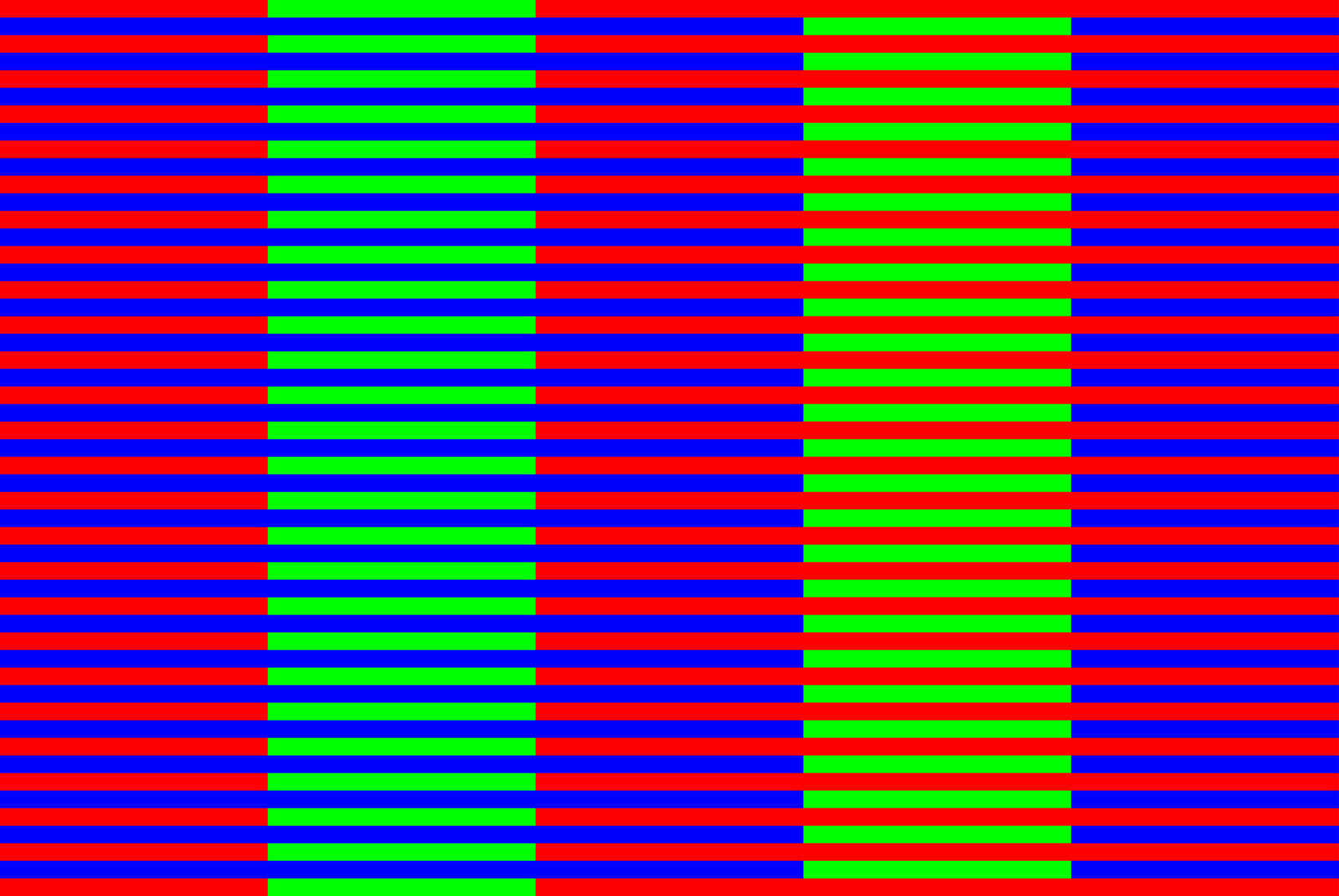
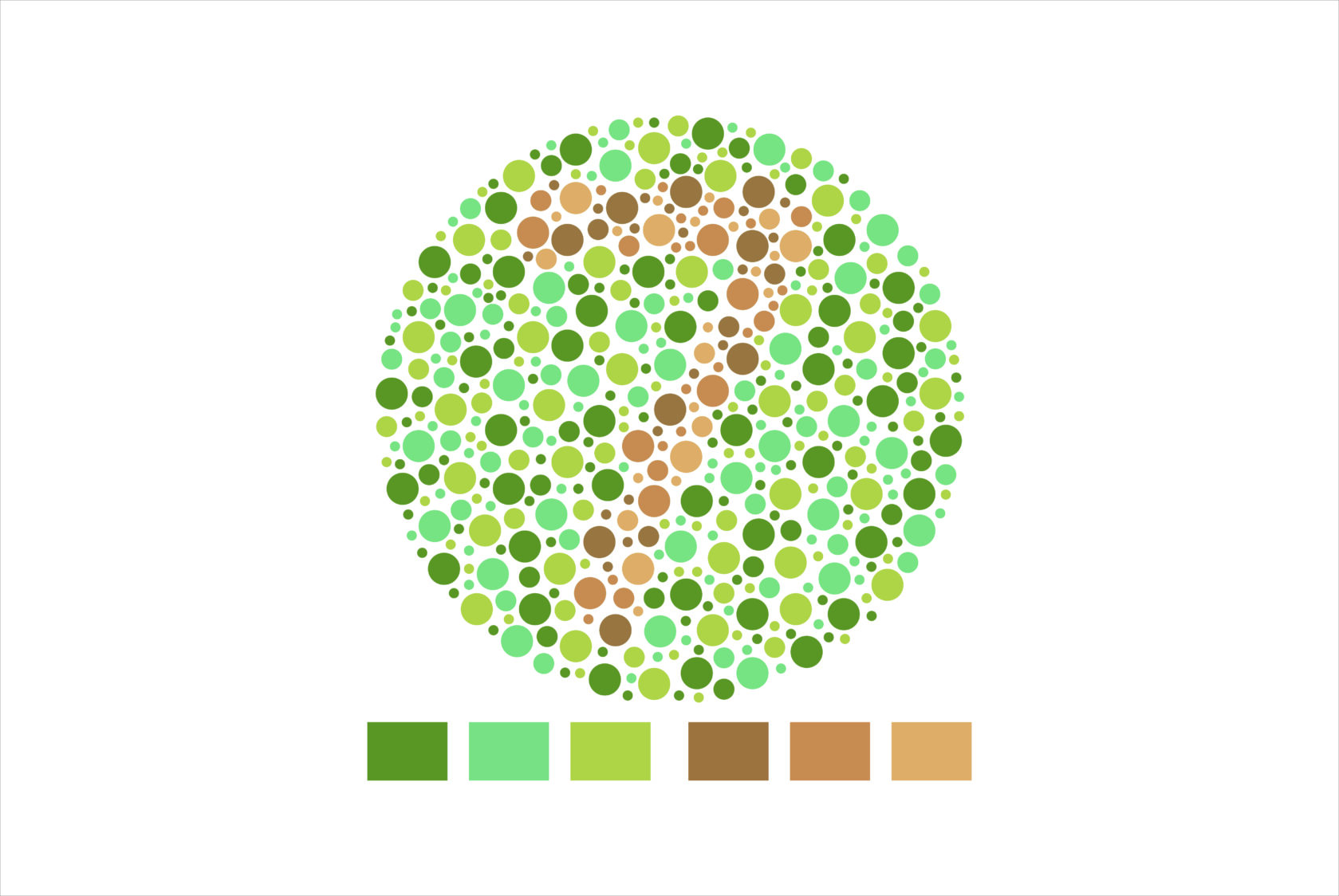 A person with normal vision will be able to distinguish a numeral in the pattern of dots shown above. A common form of colour blindness makes it difficult to distinguish between these greenish and redish hues. (
A person with normal vision will be able to distinguish a numeral in the pattern of dots shown above. A common form of colour blindness makes it difficult to distinguish between these greenish and redish hues. (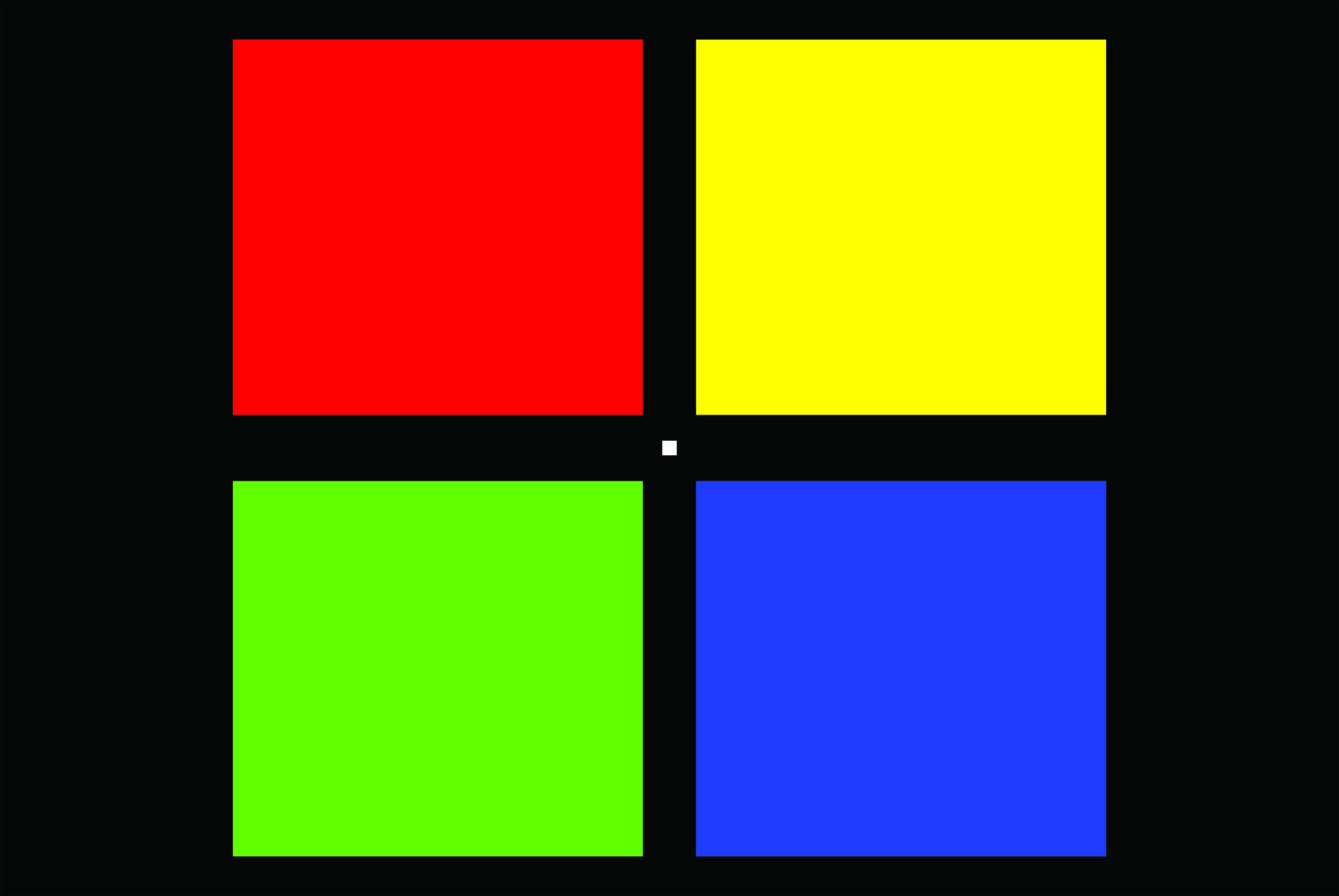
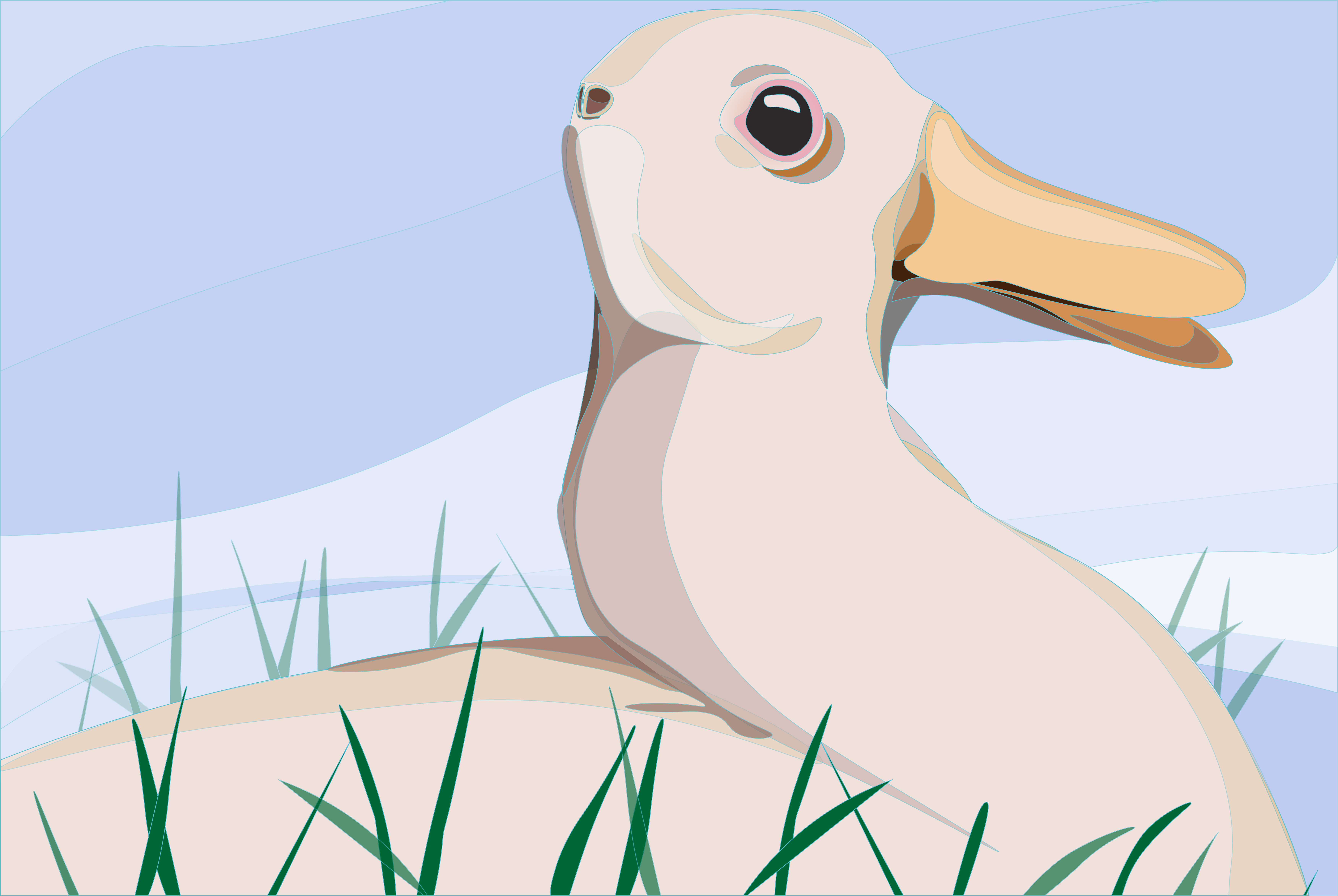
 Light enters the eye, is focused by the lens and forms an image on the surface of the retina. The diagram shows a detail of the retina and the various kinds of neurons involved in translating this image into signals ready to be sent off along the optic nerve to the visual cortex within the brain. The table below identifies the different cell types.
Light enters the eye, is focused by the lens and forms an image on the surface of the retina. The diagram shows a detail of the retina and the various kinds of neurons involved in translating this image into signals ready to be sent off along the optic nerve to the visual cortex within the brain. The table below identifies the different cell types.
